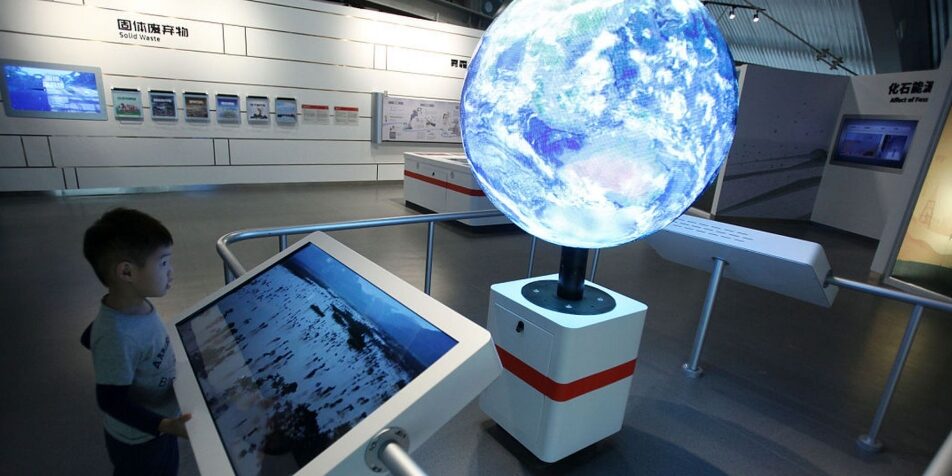Museums have long been spaces of discovery and learning, but in the digital age, visitors crave more engaging and interactive experiences. Enter LiDAR interactive projection – a groundbreaking technology that’s transforming how museums present exhibits and connect with their audiences.
By using LiDAR (Light Detection and Ranging) sensors to detect movements and gestures, this technology allows visitors to interact with exhibits in a hands-free, immersive way. From interactive displays to lifelike holograms, LiDAR is redefining the museum experience. Let’s explore how this innovative technology is being applied in museums and why it’s becoming a must-have for modern cultural institutions.

Applications of LiDAR Interactive Projection in Museums
- Interactive Exhibits:
LiDAR-powered interactive exhibits allow visitors to engage with artifacts and historical events in a dynamic way. For example, a visitor can gesture to rotate a 3D model of an ancient artifact or swipe through a timeline of historical events. This hands-on approach makes learning more engaging and memorable. - Gamified Learning:
Museums can use LiDAR to project educational games onto walls or floors, creating fun and interactive experiences for visitors of all ages. These games can teach history, science, or art in an entertaining way, making learning enjoyable for children and adults alike. - Product and Artifact Information:
With LiDAR, museums can project images of artifacts or products onto walls. Visitors can touch or gesture to access detailed information, such as the history, characteristics, or manufacturing process of the item. This adds depth to the visitor experience without the need for physical labels or screens. - Cultural Preservation:
Some historical artifacts are too fragile to be displayed openly. LiDAR technology can create lifelike 3D holograms of these items, allowing visitors to examine them up close without risking damage. This is especially useful for recently excavated or delicate artifacts. - Historical Reenactments and Simulations:
LiDAR can recreate historical events or simulate environments, providing visitors with a more immersive understanding of the past. For example, a museum could simulate a battlefield or a ancient marketplace, allowing visitors to “step into history.”
Why Choose CPJ ROBOT for Museum LiDAR Solutions?
At CPJ ROBOT, we specialize in POE LiDAR and Welcome ROBOT technology, offering state-of-the-art solutions for museums and cultural institutions. Our LiDAR interactive projection systems are designed to create unforgettable experiences that captivate and educate visitors. Whether you’re looking to enhance an existing exhibit or create a completely new interactive space, we provide OEM services to meet your unique needs.
Ready to transform your museum with LiDAR interactive projection? Contact CPJ ROBOT today to learn how our technology can bring your exhibits to life and create immersive experiences that visitors will never forget.
Visit our website or reach out to our team now – the future of museum engagement starts here!







